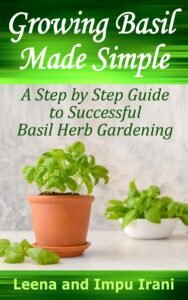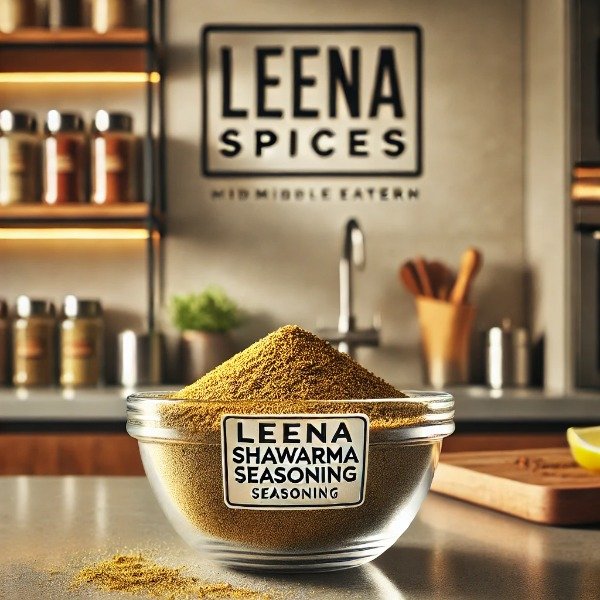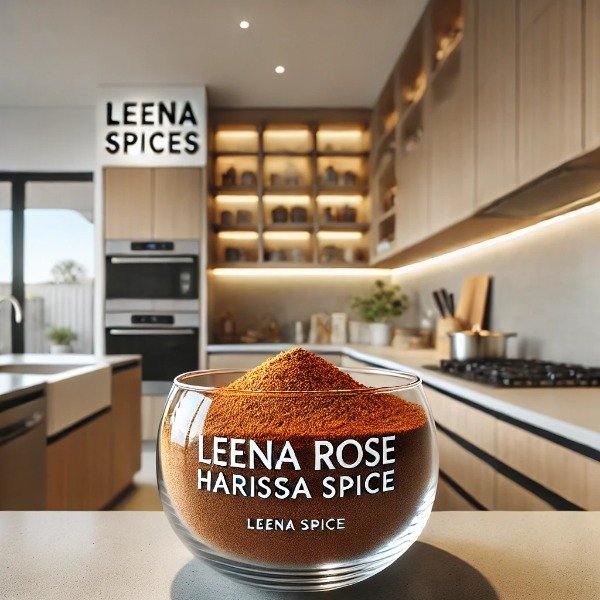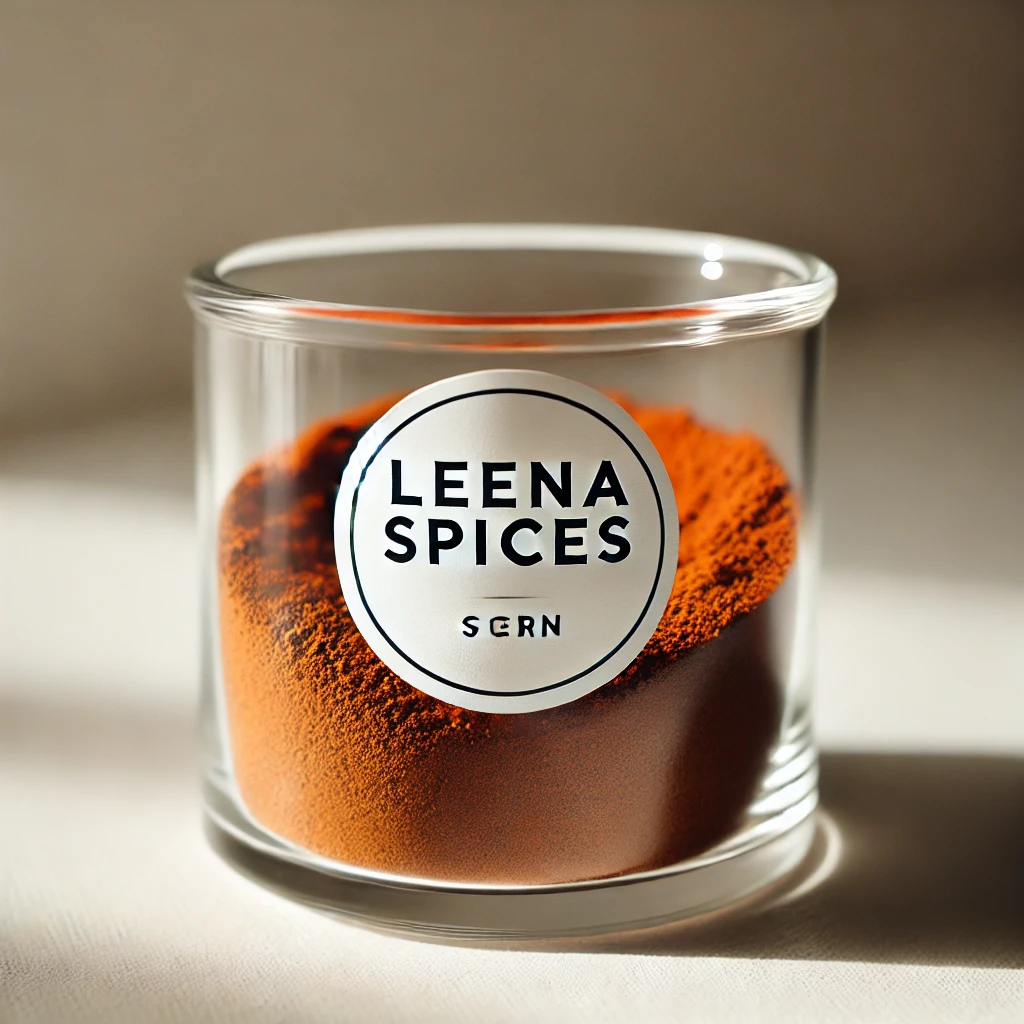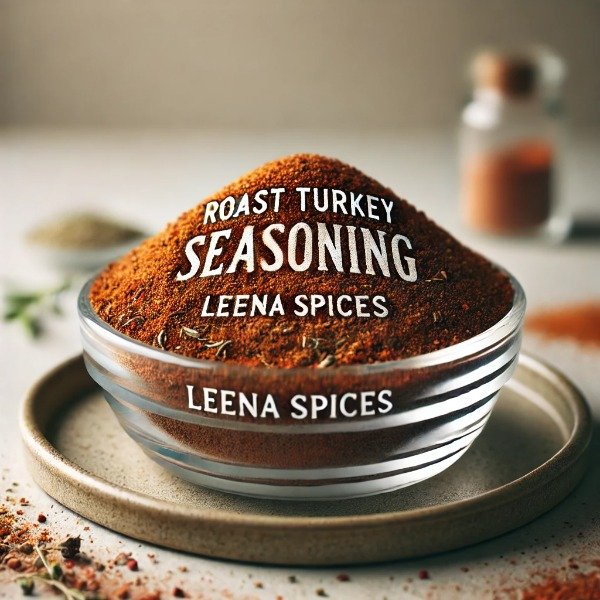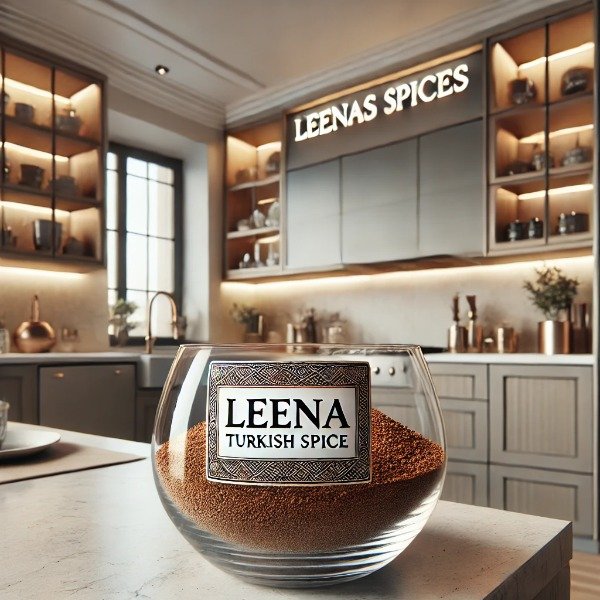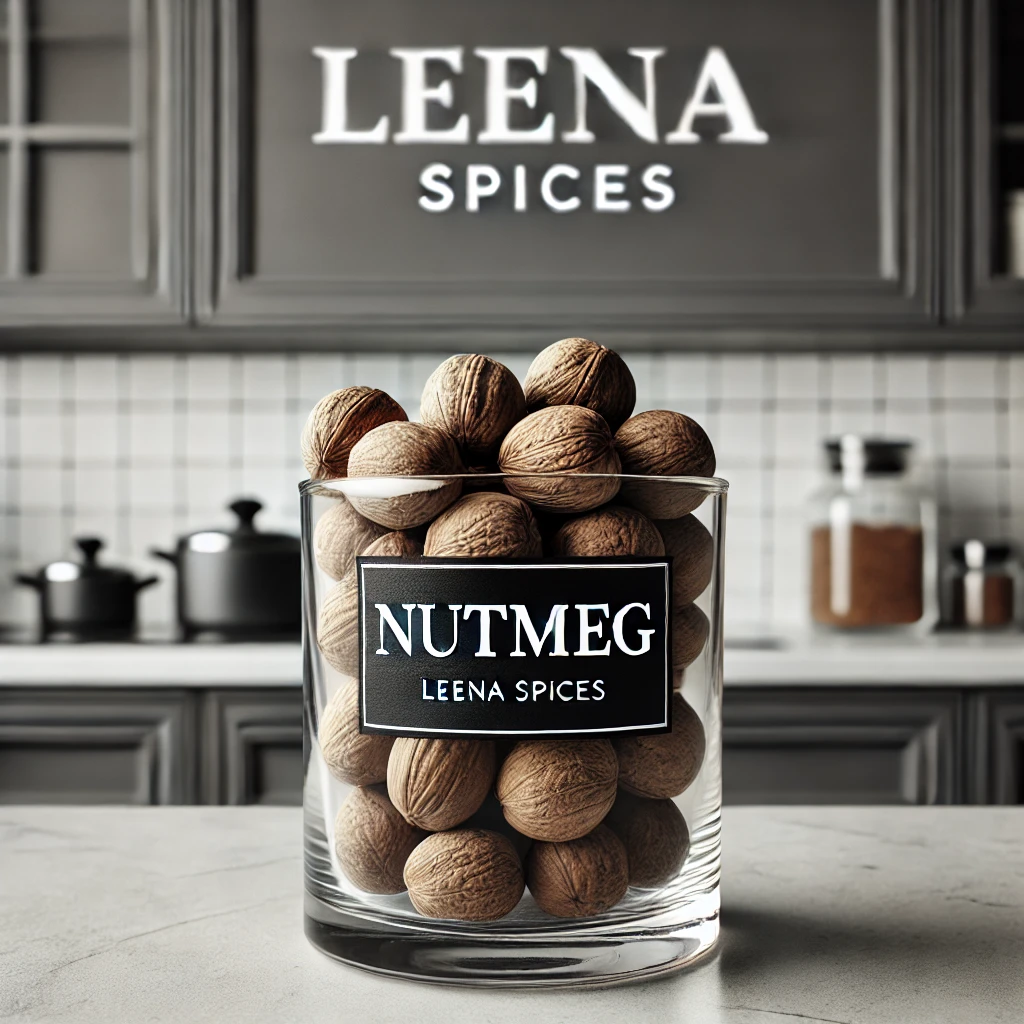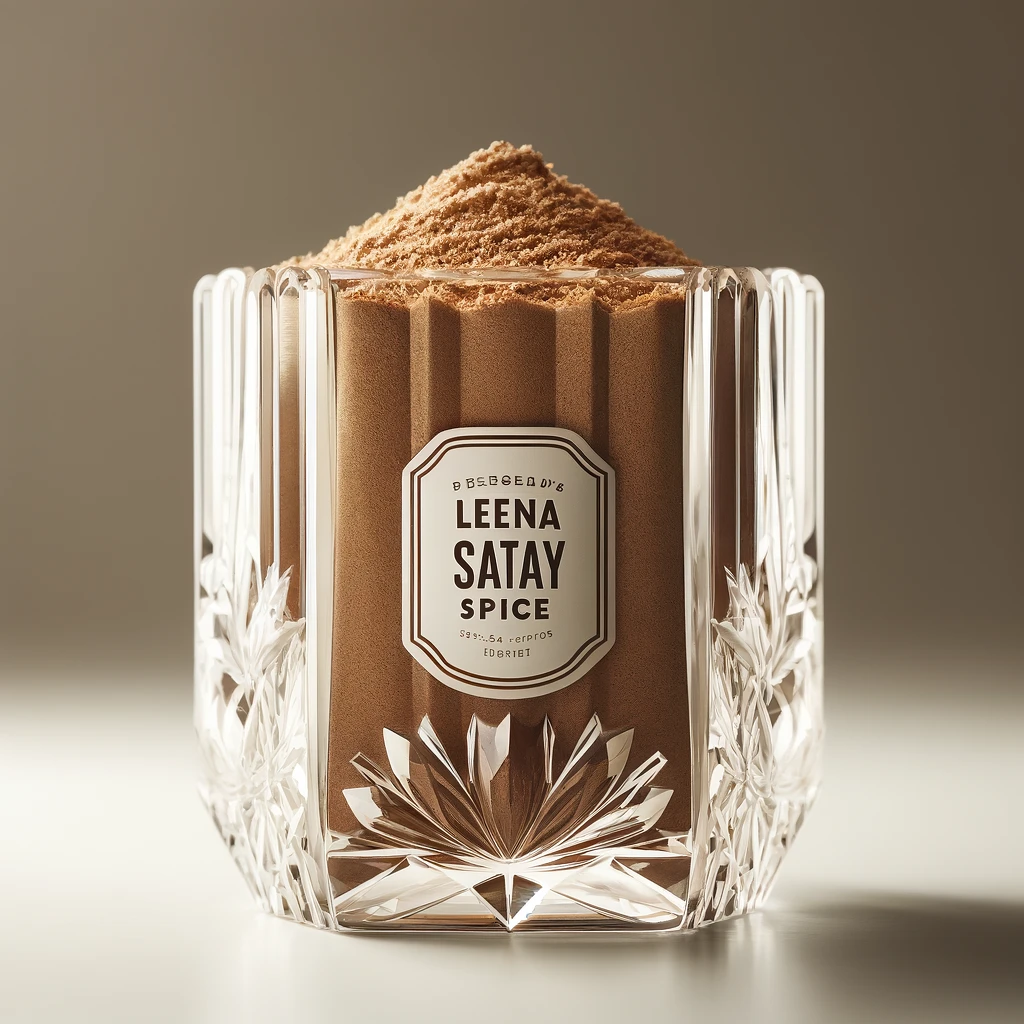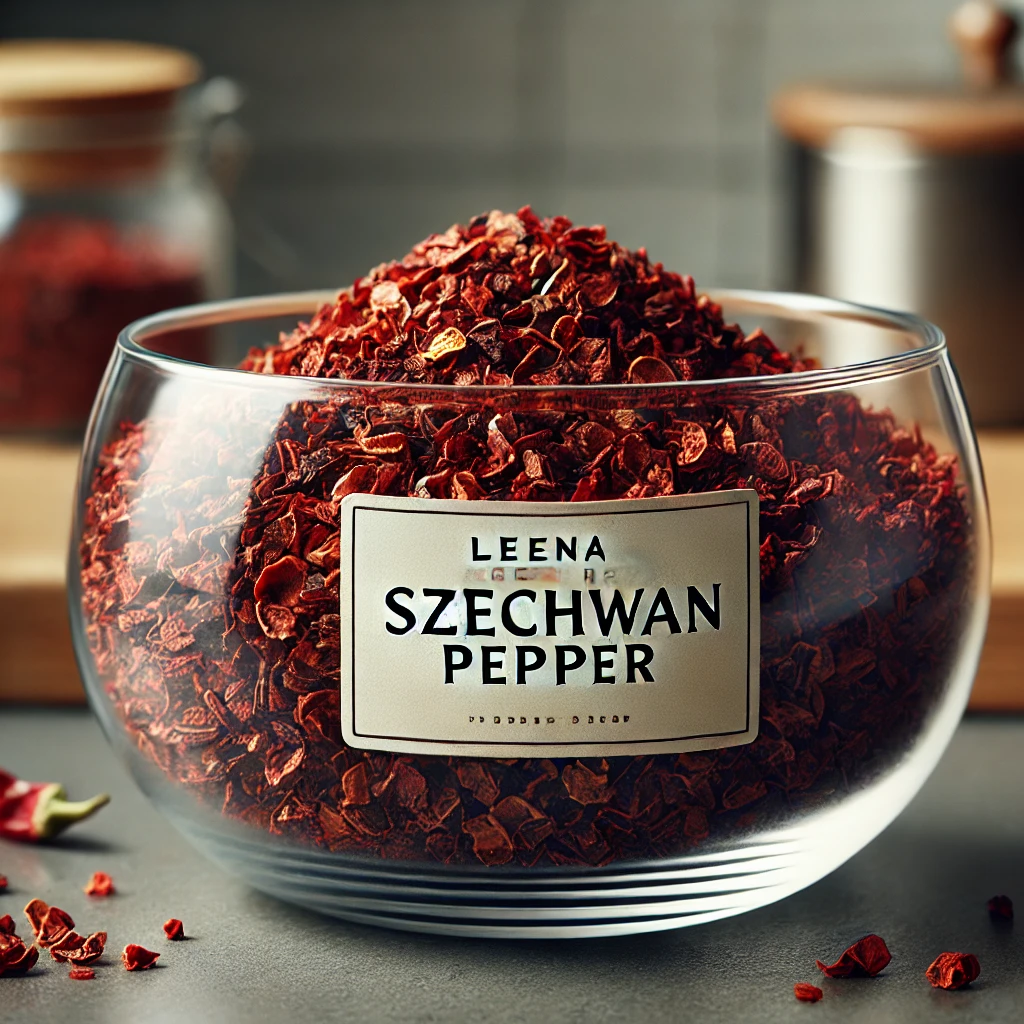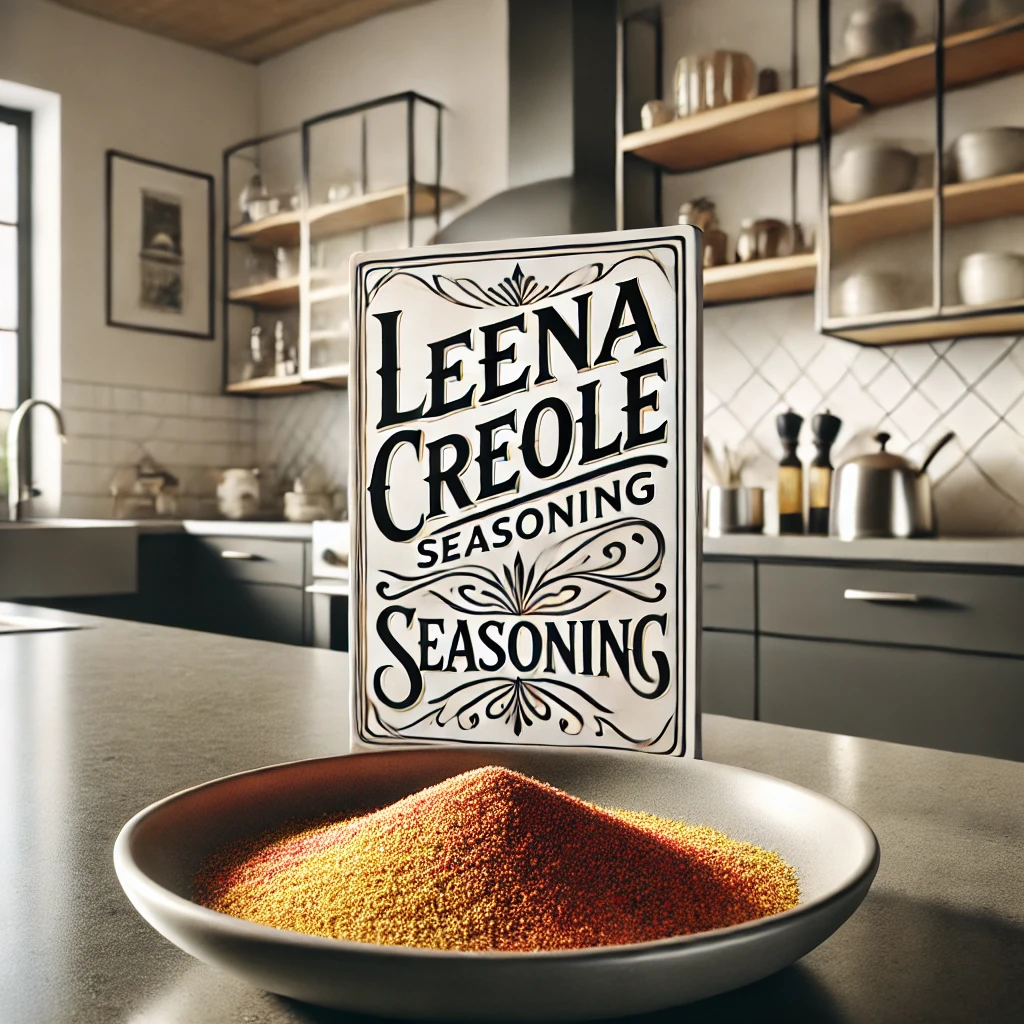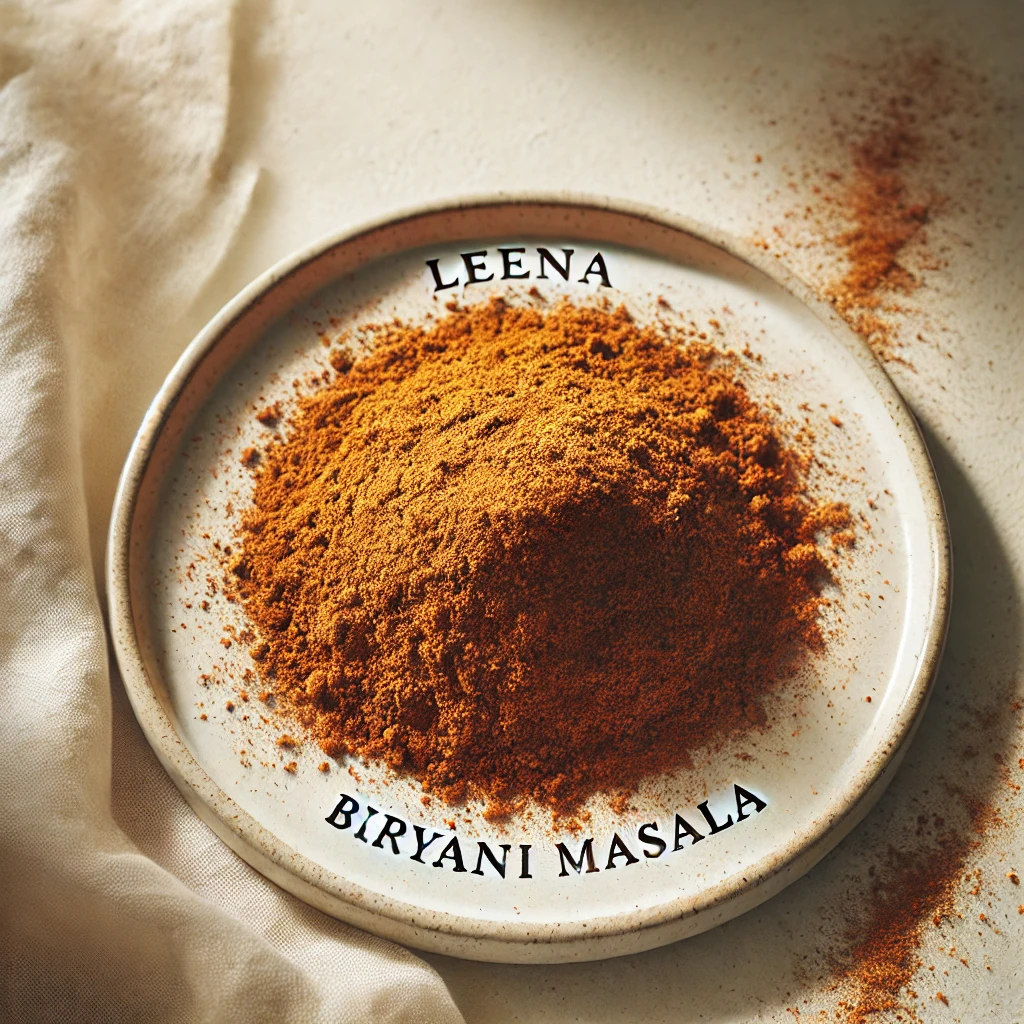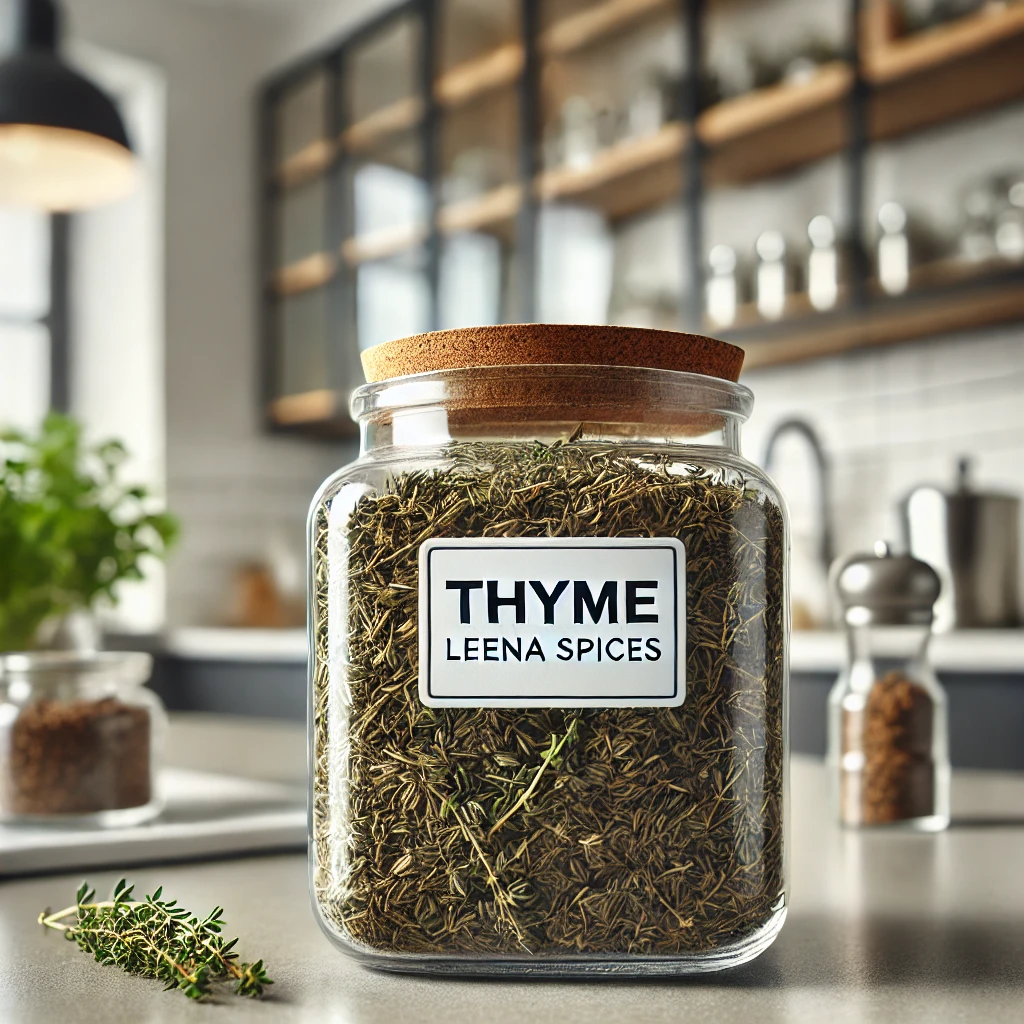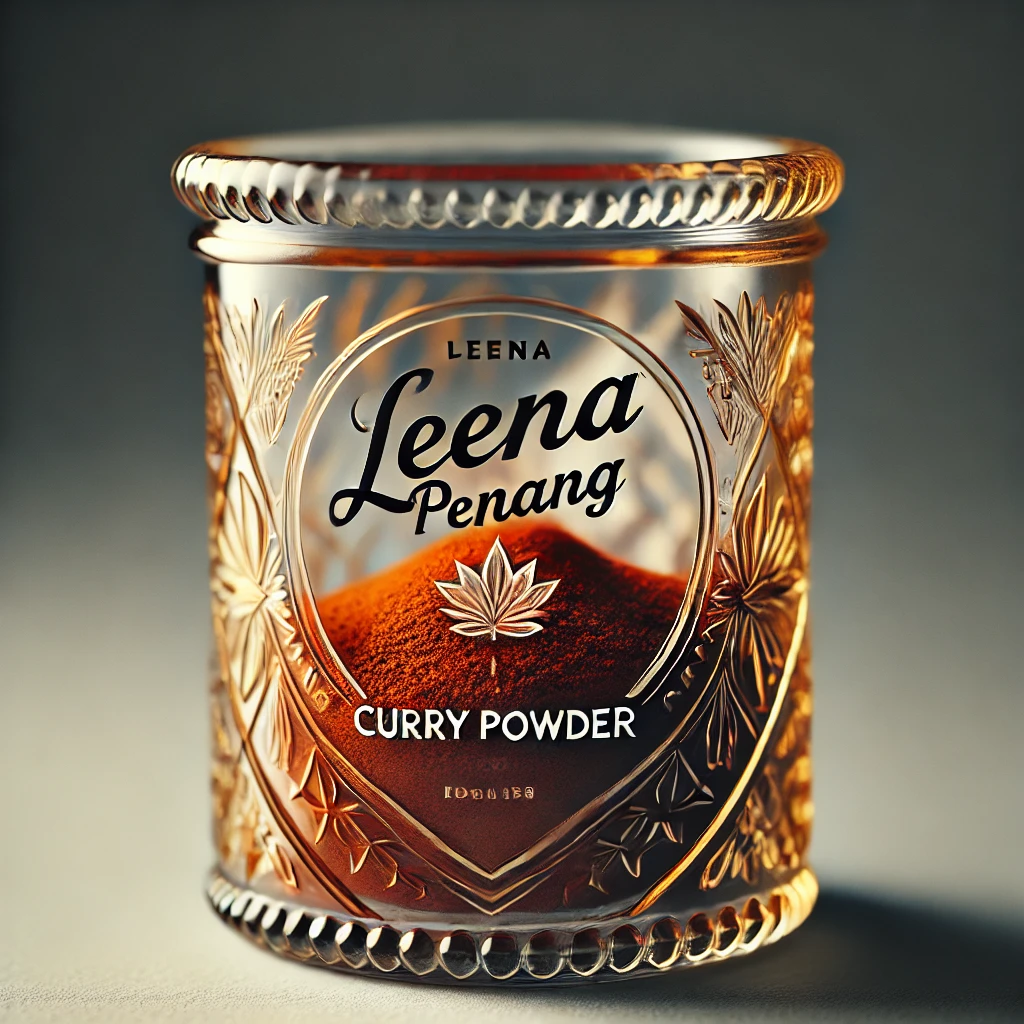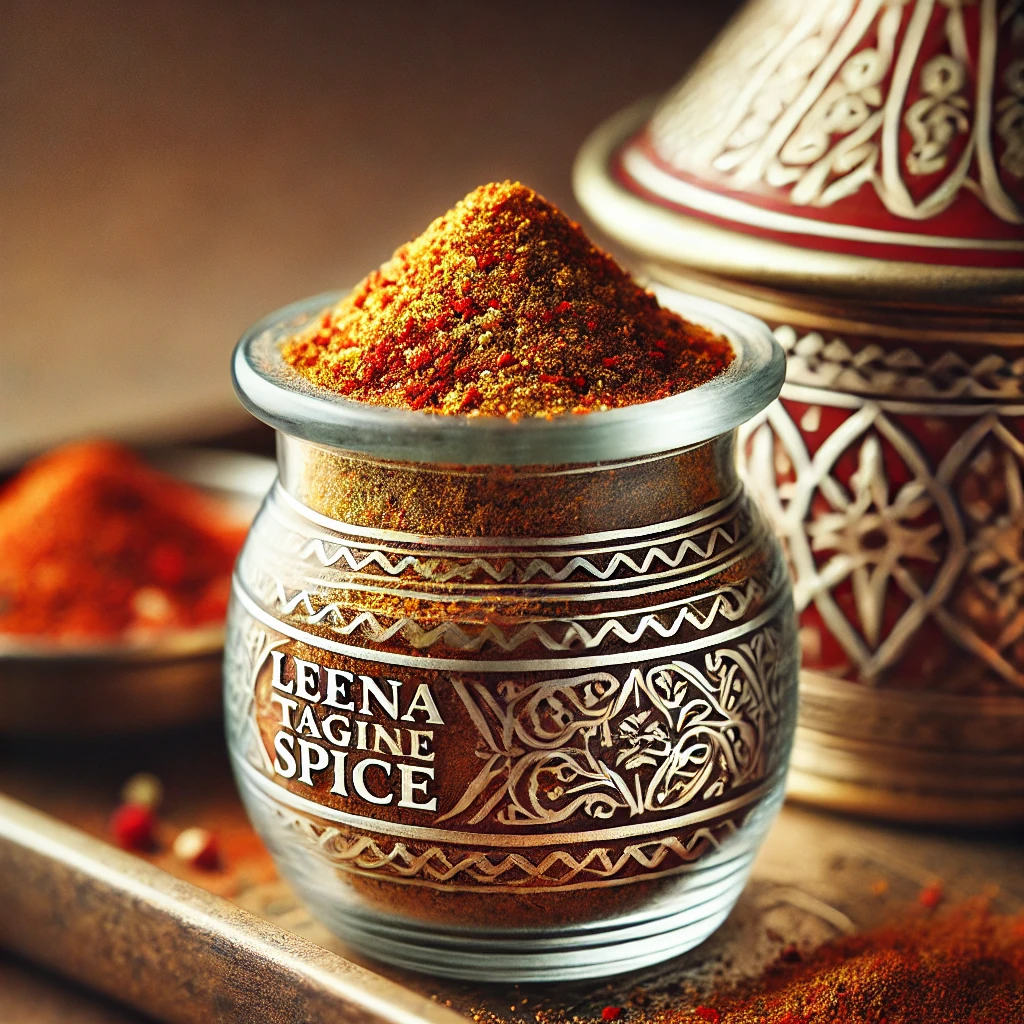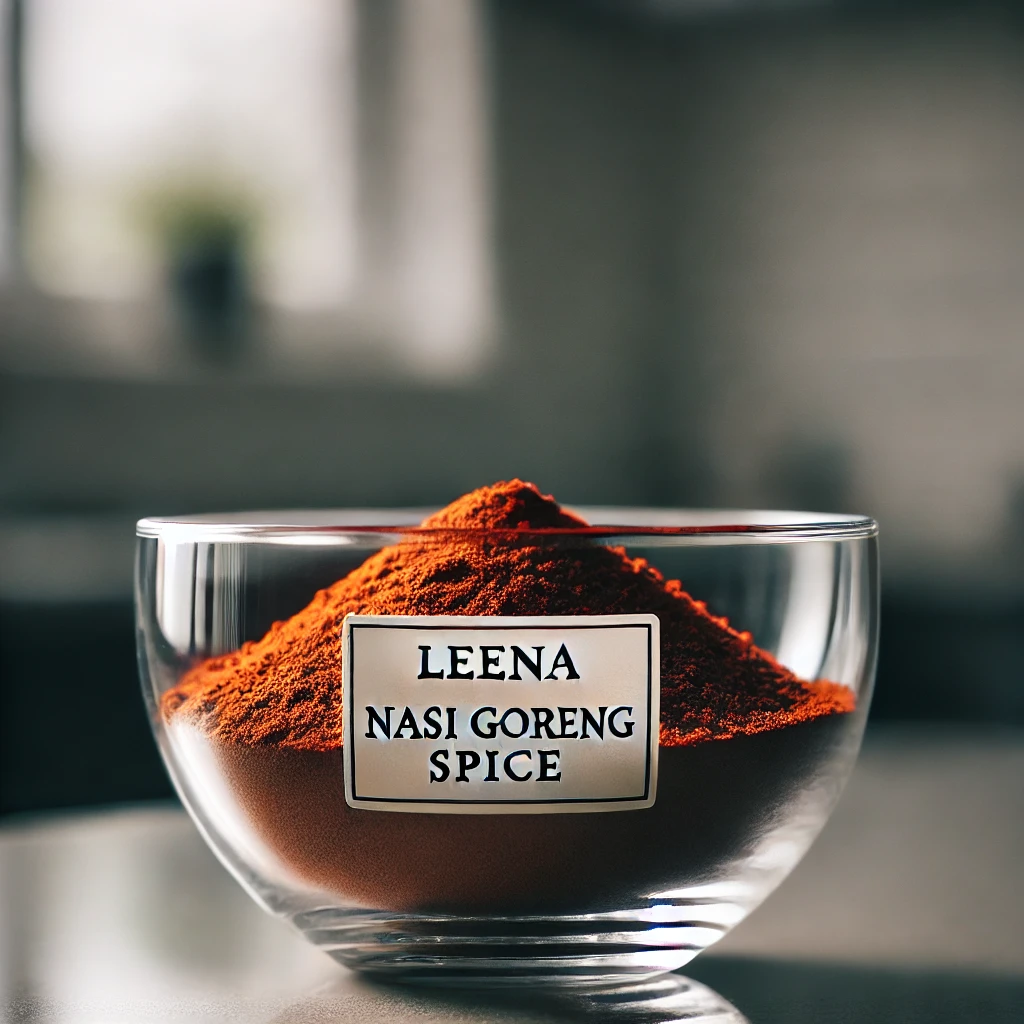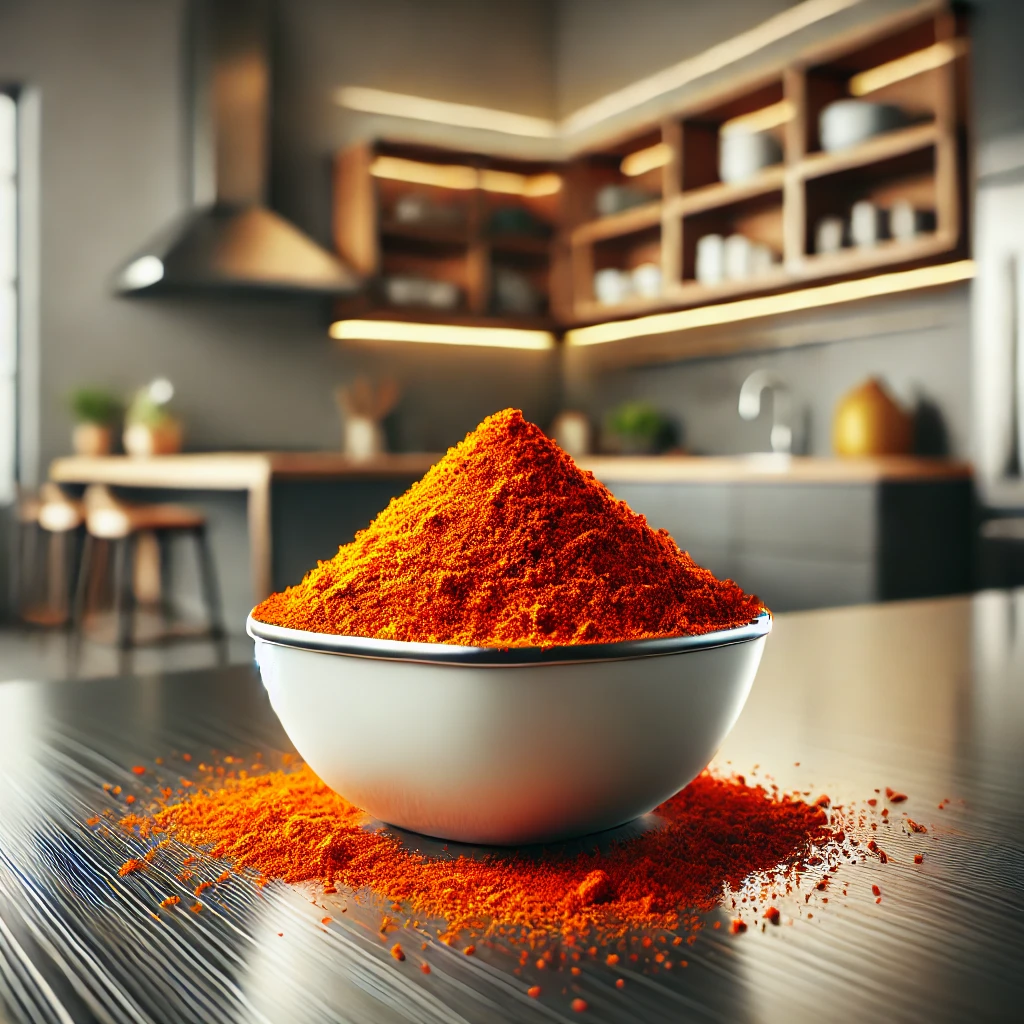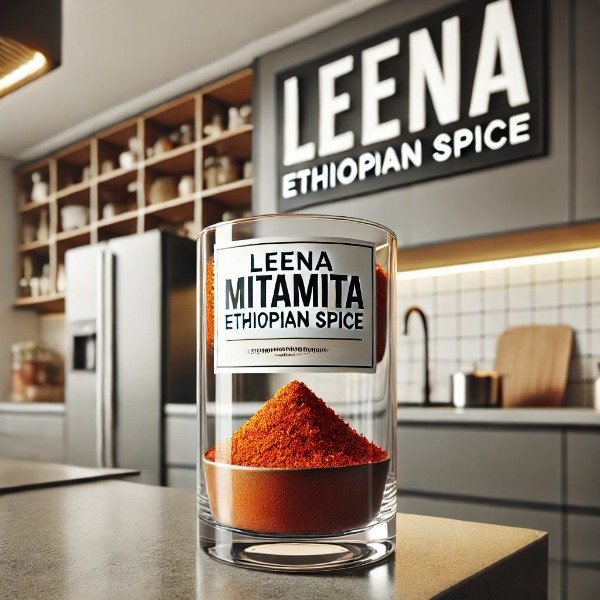What is Garam Masala and Why is it Essential in Indian Cooking?
Introduction
Garam masala is one of the most celebrated spice blends in Indian cooking, known for its deep aroma, layered flavors, and ability to transform a simple dish into something remarkable. More than just a seasoning, it is a carefully balanced mix of spices that contribute both taste and wellness benefits.
This guide explains the origins of garam masala, its common ingredients, and the role it plays in various dishes. You will learn practical ways to use it in everyday cooking, methods to prepare it at home, and how it supports health through its warming and digestive properties. The information here is designed for all cooks, whether you are new to Indian flavors or already experienced with them. You will also find tips for making garam masala without special equipment, choosing quality organic varieties, and incorporating it into vegan and gluten-free recipes.
Table of Contents
- What Is Garam Masala?
- The History and Cultural Significance of Garam Masala
- Key Ingredients in Garam Masala
- Health Benefits of Garam Masala for Digestion and Wellness
- How to Use Garam Masala in Everyday Cooking
- Garam Masala in Vegan and Gluten-Free Indian Recipes
- Garam Masala Substitutes for Indian Recipes
- How to Make Garam Masala at Home (With or Without a Spice Grinder)
- Ayurvedic Uses of Garam Masala in Cooking
- Garam Masala for Weight Loss Meal Plans
- How to Store Garam Masala for Long-Lasting Flavor
- Frequently Asked Questions
- Conclusion
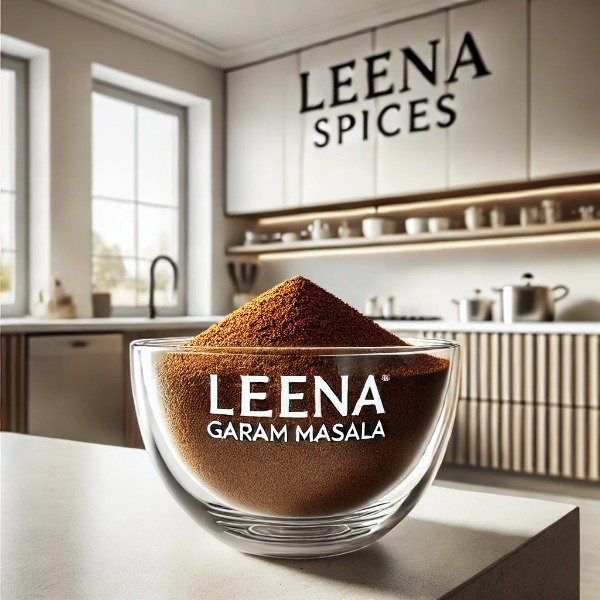
What Is Garam Masala?
Garam masala is a traditional Indian spice blend whose name translates to “warming spice” in Hindi. It is not a single seasoning but a carefully balanced mixture of aromatic spices, commonly including cumin, coriander, cardamom, cinnamon, cloves, black pepper, and nutmeg.
The blend is valued for its layered flavor profile, warm, earthy, slightly sweet, and gently spicy, that enhances a wide variety of dishes. It is often added to curries, stews, soups, and marinades, where it deepens flavor without overpowering other ingredients.
Each region of India has its own version of garam masala. Northern styles, such as Punjabi blends, tend to be robust and aromatic, while southern versions may incorporate additional spices like fennel or dried chilies for extra complexity. These regional differences reflect local culinary traditions and available ingredients.
Today, garam masala is used far beyond India’s borders. Its versatility makes it equally at home in traditional recipes like chicken tikka masala and in modern, fusion-style dishes, earning it a place in both household pantries and professional kitchens around the world.
The History and Cultural Significance of Garam Masala
Garam masala has been part of Indian cooking for centuries, with its origins traced to North India. It developed not only as a flavoring agent but also as a functional component of Ayurvedic practice, where “warming” spices such as cinnamon, cloves, and black pepper were valued for promoting circulation and supporting overall vitality.
As the blend spread across the subcontinent, each region created its own variation. Punjab favored bold, robust flavors, Gujarat leaned toward slightly sweeter profiles, and southern states like Tamil Nadu incorporated additional spices such as fennel or dried chili to suit local tastes and climates.
In many Indian homes, garam masala holds symbolic and cultural value. It is often prepared fresh in small batches, a practice passed down through generations. Grandmothers and mothers handcraft their family’s signature mix, preserving not just a recipe, but a piece of culinary heritage that connects the kitchen to ancestral tradition.
Key Ingredients in Garam Masala
The distinctive flavor of garam masala comes from a precise selection of whole spices, usually dry-roasted to release their essential oils before grinding. While recipes vary, most blends include:
- Cumin seeds – Provide a warm, earthy base with nutty undertones.
- Coriander seeds – Add mild citrus notes that balance stronger spices.
- Green cardamom – Contributes a sweet, floral aroma and refined flavor.
- Cinnamon – Brings warmth and gentle sweetness, enhancing depth.
- Cloves – Offer pungent, spicy intensity for a bold finish.
- Black peppercorns – Add subtle heat and aromatic sharpness.
- Nutmeg or mace – Impart warm, nutty complexity to round out the blend.
Regional variations may include star anise for licorice-like sweetness, fennel seeds for a fresh, herbal lift, bay leaves for a mild bitterness, or dried red chilies for extra heat. For the richest flavor and aroma, choose high-quality organic whole spices and grind them fresh just before use.
Health Benefits of Garam Masala for Digestion and Wellness
Garam masala does more than flavor food. Its constituent spices carry measurable effects that support digestion and overall wellness when used as part of a balanced diet:
- Supports digestion. Cumin and coriander stimulate digestive enzymes and can help reduce bloating and improve nutrient absorption.
- Anti-inflammatory effects. Cinnamon and cloves contain compounds with antioxidant and anti-inflammatory activity that may help reduce everyday inflammation.
- Immune support. Black pepper and cardamom possess mild antimicrobial properties and can support immune resilience when combined with a nutritious diet.
- May aid metabolism. Warming spices such as black pepper can increase thermogenesis slightly, which may support weight-management efforts alongside healthy eating and exercise.
- High in antioxidants. Nutmeg, cloves, and other whole spices help neutralize free radicals, contributing to long-term cellular health.
Use garam masala regularly in cooking, added to soups, dals, stews, and roasted vegetables to enjoy its culinary and wellness benefits. Keep in mind that spices are supportive, not curative: for medical conditions or when using spices therapeutically, consult a healthcare professional.
How to Use Garam Masala in Everyday Cooking
- Curries and stews: Add ½ to 1 teaspoon toward the end of cooking to retain its fragrance. Ideal for dishes like butter chicken, lentil dal, or vegetable curry.
- Marinades: Combine with yogurt, garlic, and ginger to create flavorful marinades for chicken, lamb, or paneer.
- Roasted vegetables: Sprinkle over cauliflower, sweet potatoes, zucchini, or carrots before roasting to add warm, spicy notes.
- Soups and broths: Stir into tomato soup or vegetable broth for a comforting depth of flavor.
- Fusion dishes: Try adding garam masala to scrambled eggs, grilled meats, roasted nuts, or even spiced popcorn for an unexpected twist.
Pro tip: Begin with small quantities (about ½ teaspoon per dish) and adjust to taste to prevent overpowering other flavors. For best results, use quality cookware that distributes heat evenly.
Garam Masala in Vegan and Gluten-Free Indian Recipes
Garam masala is a perfect spice blend for vegan and gluten-free cooking, offering rich flavor without relying on animal products or gluten-containing ingredients. It’s an excellent choice for expanding your recipe repertoire and appealing to health-conscious audiences. Here are some ideas:
- Chickpea curry: Simmer chickpeas with coconut milk, tomatoes, and 1 teaspoon of garam masala to create a creamy, hearty vegan curry.
- Lentil dal: Combine red lentils, turmeric, and garam masala for a protein-rich, naturally gluten-free meal that’s both nutritious and satisfying.
- Spiced roasted vegetables: Toss gluten-free vegetables like carrots, potatoes, and cauliflower with olive oil and garam masala before roasting for a flavorful side dish.
- Vegan tikka masala: Use tofu, jackfruit, or mushrooms in a tomato-based sauce seasoned with garam masala to enjoy a plant-based take on this classic dish.
Garam Masala Substitutes for Indian Recipes
If you don’t have garam masala on hand, there are several effective substitutes that can replicate its warm, aromatic profile in your dishes:
- Curry powder with cinnamon: Mix 1 teaspoon of curry powder with a small pinch of cinnamon. This adds a similar warmth, though keep in mind curry powder usually contains turmeric, which may affect color and flavor.
- Cumin and allspice: Combine ½ teaspoon of ground cumin with ¼ teaspoon of allspice for an earthy, mildly sweet substitute.
- Chaat masala: Use sparingly as a tangy, slightly spicy alternative. It has a different flavor profile and less warmth but works well in some recipes.
- Simple DIY blend: Mix equal parts ground cumin, coriander, and cardamom, then add a pinch of black pepper to approximate garam masala’s complexity.
These alternatives work well in curries, marinades, and stews, making Indian cooking more accessible even without the traditional blend.
More Than 200 Spices You Can Blend From Home
Get Instant Download Now
How to Make Garam Masala at Home (With or Without a Spice Grinder)
Preparing garam masala from scratch guarantees a fresh, vibrant spice blend tailored to your taste. Below is an authentic Punjabi-style recipe, along with instructions for both grinding methods.
Ingredients:
- 2 tablespoons cumin seeds
- 2 tablespoons coriander seeds
- 1 tablespoon green cardamom pods
- 1 teaspoon whole cloves
- 1 teaspoon black peppercorns
- 2-inch cinnamon stick
- ½ teaspoon freshly grated nutmeg
- 1 bay leaf (optional)
Using a Spice Grinder:
- Heat a dry skillet over medium heat and toast all the spices (except nutmeg) for 2–3 minutes, stirring constantly to avoid burning, until they release a fragrant aroma.
- Remove from heat and allow the spices to cool completely.
- Grind the cooled spices into a fine powder using a quality spice grinder.
- Mix in the grated nutmeg.
- Store the garam masala in an airtight glass container, away from light and heat, for up to 3 months.
Without a Spice Grinder:
- Toast and cool the spices as described above.
- Use a mortar and pestle to crush the spices into a coarse powder. Alternatively, place the toasted spices in a sturdy zip-lock bag and crush them with a rolling pin.
- Sift the crushed spices through a fine mesh sieve to remove larger pieces and ensure even texture.
- Add the grated nutmeg and store in an airtight container as above.
Making your own garam masala lets you adjust the balance of spices to suit your preferences, ensuring every dish you prepare carries fresh, authentic flavor.
Ayurvedic Uses of Garam Masala in Cooking
In Ayurveda, garam masala is prized for its warming qualities, believed to balance the body’s doshas, especially by supporting digestion and enhancing overall vitality. Its use in cooking aligns closely with holistic wellness principles. Key applications include:
- Digestive support: Adding garam masala to dals, vegetable curries, and soups helps stimulate digestive fire (agni), improving nutrient absorption and reducing bloating.
- Warming effect: Incorporate garam masala in colder months to encourage circulation and maintain internal warmth, especially in winter soups and stews.
- Flavor balance: When combined with cooling ingredients like yogurt or coconut milk, garam masala helps create meals that harmonize heating and cooling energies, promoting digestive balance.
For best results, use small amounts—typically ¼ to ½ teaspoon per dish—to complement flavors without overpowering them. This mindful use supports Ayurvedic wellness and appeals to health-conscious cooks seeking natural ways to enhance their diet.
Garam Masala for Weight Loss Meal Plans
Garam masala can be a valuable addition to weight loss meal plans by boosting metabolism and adding rich flavor without increasing calories. Here are some ideas to incorporate it into healthy, satisfying meals:
- Spiced lentil soup: Prepare a hearty soup with lentils, mixed vegetables, and 1 teaspoon of garam masala for a filling, low-calorie option rich in protein and fiber.
- Grilled chicken with garam masala: Marinate lean chicken breasts in yogurt and garam masala before grilling to create a flavorful, high-protein dish that supports muscle maintenance and fat loss.
- Vegetable stir-fry: Toss low-carb vegetables like broccoli and zucchini with olive oil and garam masala for a quick, tasty side dish that’s light but full of flavor.
How to Store Garam Masala for Long-Lasting Flavor
To preserve the vibrant aroma and flavor of garam masala, proper storage is essential. Follow these guidelines:
- Use airtight containers: Store garam masala in glass or stainless steel jars with tight-fitting lids to minimize exposure to air, which degrades the spices.
- Keep in a cool, dark place: Store your container in a pantry or cupboard away from direct sunlight, heat sources, and humidity to maintain freshness.
- Avoid refrigeration: Spices can absorb moisture and odors in the fridge, which can affect their quality. Room temperature storage is best.
- Monitor freshness: Ground garam masala typically retains its best flavor for 3 to 6 months, while whole spices can last up to a year when stored correctly.
By following these tips, you ensure your garam masala remains potent and flavorful for all your cooking needs.
Frequently Asked Questions
How to use garam masala in everyday cooking?
Add ½ to 1 teaspoon of garam masala near the end of cooking curries, stews, or marinades to retain its fresh aroma and flavor. You can also sprinkle it over roasted vegetables or stir it into soups to enhance taste without overpowering the dish.
What’s the best garam masala recipe for homemade curry?
Toast 2 tablespoons cumin seeds, 2 tablespoons coriander seeds, 1 tablespoon green cardamom pods, 1 teaspoon whole cloves, 1 teaspoon black peppercorns, a 2-inch cinnamon stick, and ½ teaspoon grated nutmeg in a dry pan until fragrant. Grind into a fine powder and use about 1 teaspoon per curry to achieve an authentic, rich flavor.
What are the health benefits of garam masala for digestion?
Garam masala contains cumin and coriander, which help stimulate digestive enzymes, easing bloating and promoting healthy digestion. Additionally, its antioxidant-rich spices may help reduce inflammation in the gut, supporting overall digestive wellness.
What’s a good garam masala substitute for Indian recipes?
If you don’t have garam masala, try mixing 1 teaspoon of curry powder with a pinch of cinnamon to mimic its warm flavors. Alternatively, combine equal parts ground cumin, coriander, and cardamom to create a simple homemade substitute with a similar aromatic profile.
How to make garam masala without a spice grinder?
Toast your whole spices in a dry pan until fragrant, then let them cool completely. Use a mortar and pestle to crush the spices into a powder, or place them in a sturdy zip-lock bag and crush with a rolling pin. For a finer texture, sift the crushed spices through a mesh strainer before storing in an airtight container.
How does garam masala enhance vegan Indian dishes?
Garam masala brings rich, complex flavors to vegan dishes like chickpea curry, lentil dal, and roasted vegetables. Its warm, aromatic spices add depth and satisfaction, making plant-based meals vibrant and flavorful without relying on animal products.
What’s the difference between garam masala and curry powder?
Garam masala is a warming spice blend typically without turmeric, added toward the end of cooking to enhance aroma and flavor. Curry powder usually contains turmeric, has a milder taste, and is often used early in cooking as a base seasoning.
What are the Ayurvedic uses of garam masala in cooking?
In Ayurveda, garam masala’s warming spices help stimulate digestion, promote internal warmth, and balance the body’s doshas. It’s commonly added to dals, soups, and stews to support holistic health and digestive harmony.
How can garam masala fit into weight loss meal plans?
Garam masala’s warming spices may help boost metabolism, making it a great addition to low-calorie, nutrient-dense meals. Use it to season dishes like lentil soup, grilled chicken, or roasted vegetables to add flavor without extra calories—supporting diet-friendly, satisfying meals.
How to store garam masala for long-lasting flavor?
Keep garam masala in an airtight glass container stored in a cool, dark pantry. Proper storage helps preserve its aroma and potency for 3 to 6 months.
Is garam masala suitable for gluten-free Indian cooking?
Yes, garam masala is naturally gluten-free. It adds rich flavor to vegetable curries, rice dishes, and other gluten-sensitive recipes, making it ideal for gluten-free diets.
What’s an authentic Punjabi garam masala recipe?
Toast equal parts cumin, coriander, and green cardamom pods, along with cloves, black peppercorns, a cinnamon stick, and freshly grated nutmeg. Once fragrant, grind the spices into a fine powder to create a bold, traditional Punjabi garam masala blend.
How to use garam masala for beginners in Indian cooking?
Start with ½ teaspoon in straightforward dishes like scrambled eggs, vegetable stir-fries, or soups. This helps you familiarize yourself with its bold, warming flavor without overpowering the dish. Gradually increase the amount as you become more comfortable.
Related Posts
Are There Any Health Benefits of Garam Masala
10 Top Chicken Recipes With Garam Masala
10 Garam Masala Recipes For Barbecue
10 Popular Garam Masala Recipes How to Make Beef
10 Recipes How to Make Garam Masala Chutney
10 How to Make Vegetables With Garam Masala Recipes
10 Best Garam Masala Recipes How to Make Lamb
10 Best Ways to Make Garam Masala Paneer Delights
10 Best Ways How to Make Garam Masala Egg Recipes
10 Best Ways to Make Garam Masala Dips
How to Make 10 Garam Masala Fish Recipes
10 Most Popular Garam Masala Salad Recipes
12 Most Delicious Garam Masala Soup Recipes
10 Popular Garam Masala Pork Recipes for USA, Australia, New Zealand
10 Authentic Garam Masala Rice Recipes
Conclusion
Garam masala is more than a spice blend—it’s a gateway to vibrant, flavorful cooking and a healthier lifestyle. From its rich history in Indian kitchens to its modern role in vegan, gluten-free, and fusion recipes, this versatile mix offers endless possibilities. Whether you’re making your own authentic Punjabi garam masala, exploring its Ayurvedic benefits, or using it in weight loss meal plans, garam masala brings warmth and depth to every dish. Invest in quality tools like a spice grinder, source organic blends, and store it properly to unlock its full potential. Ready to transform your cooking? Grab your garam masala and start your culinary adventure today!
Garam masala is far more than just a spice blend—it’s a gateway to rich, aromatic cooking and enhanced well-being. Rooted in centuries of Indian culinary tradition, it adapts effortlessly to modern dietary trends, including vegan, gluten-free, and fusion dishes. Whether you choose to craft your own authentic Punjabi garam masala, tap into its Ayurvedic benefits, or include it in weight management meals, this versatile blend adds warmth and complexity to every recipe.
To maximize its flavor and health potential, select fresh, organic spices, and store your blend properly. With these steps, garam masala can elevate your cooking from ordinary to extraordinary.

